


The J29D is a premium gift Swedish jet fighter. It was introduced as a premium pack in Update 1.93 "Shark Attack" and was removed from the store after the 9th Anniversary Sale. It was briefly made available for purchase with Golden Eagles for the 2023 "Swedish Air Force Day" mini-event.
When conjuring up thoughts of fighter jets, many would initially think of a sleek, weapon-laden fast jet which would almost rival a hot-rod in the car world. When presented with the J29D, most people would cock their head to the side with a puzzled look on their face. It's a good thing that fighter jets are not determined by looks alone! The J29D is, for lack of a better phrase, a "wolf in sheep's clothing", initially laughed at as being the "chubby kid on the block". Once up in the air, however, it is quickly realised that this rotund little fighter is a dynamic powerhouse!
While many other nations were fixated on designing straight-wing aircraft, the Swedes were busy exploiting the knowledge of former Messerschmitt engineers in implementing swept wings onto their fighters. With this and other improvements, the J29D was an attempt by the Swedish air force at creating a fast climbing bomber-interceptor armed with the deadliest fixed armament for its time. Although it was not supersonic, it could reach speeds above 1060 km/h at certain altitudes. The nose of the aircraft was bristling with four 30 mm autocannons and several types of attack rockets could be mounted beneath its wings. A lesson from WWII was that the best aircraft were the ones capable of performing several roles, and the J29D is indeed capable of performing more than one role. Depending on the load-out, the J29D can perform anything from interceptor missions to air superiority missions to high speed attack missions. This functionality makes the J29D extremely versatile and a valuable asset to its team in the game.
If not kept in check, the J29D can quickly become the bully on the block hard-charging into the battlefield, wreaking havoc and then departing without a second thought. If two fighters are headed your way, your best bet will be to take out the J29D first or it will likely nab you in the rear and send you down in flames.
flaps
flaps
flaps
brake
| Belt | Belt filling | Armor penetration (mm) at a distance: | |||||
|---|---|---|---|---|---|---|---|
| 10 m | 100 m | 500 m | 1000 m | 1500 m | 2000 m | ||
| AP-T/AP/HEI/AP/HEI | 37 | 34 | 22 | 13 | 8 | 5 | |
| AP-T/AP/AP/AP/AP | 37 | 34 | 22 | 13 | 8 | 5 | |
| AP-T/HEI/HEI/HEI/HEI | 37 | 34 | 22 | 13 | 8 | 5 | |
| AP/HEI | 37 | 34 | 22 | 13 | 8 | 5 | |
| Name | Weight | Slot | ||||||||
|---|---|---|---|---|---|---|---|---|---|---|
| 4 × | 32 kg | 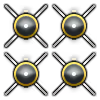 |  |  |  |  |  | |||
| 42 kg | 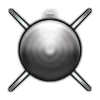 |  |  |  |  |  |  |  | ||
| 2 × | 84 kg | 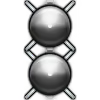 |  |  |  |  |  | |||
| 64 kg | 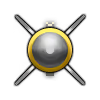 |  |  |  |  |  |  |  | ||
| 2 × | 128 kg | 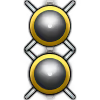 |  |  |  |  |  | |||
| 120 kg | 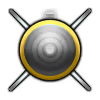 |  |  |  | ||||||







 2 x (130 / 380 / 600) %
2 x (130 / 380 / 600) % 
 2 x 220 %
2 x 220 % 

Flight performance | |
|---|---|
Survivability |
|---|
Weaponry | |
|---|---|